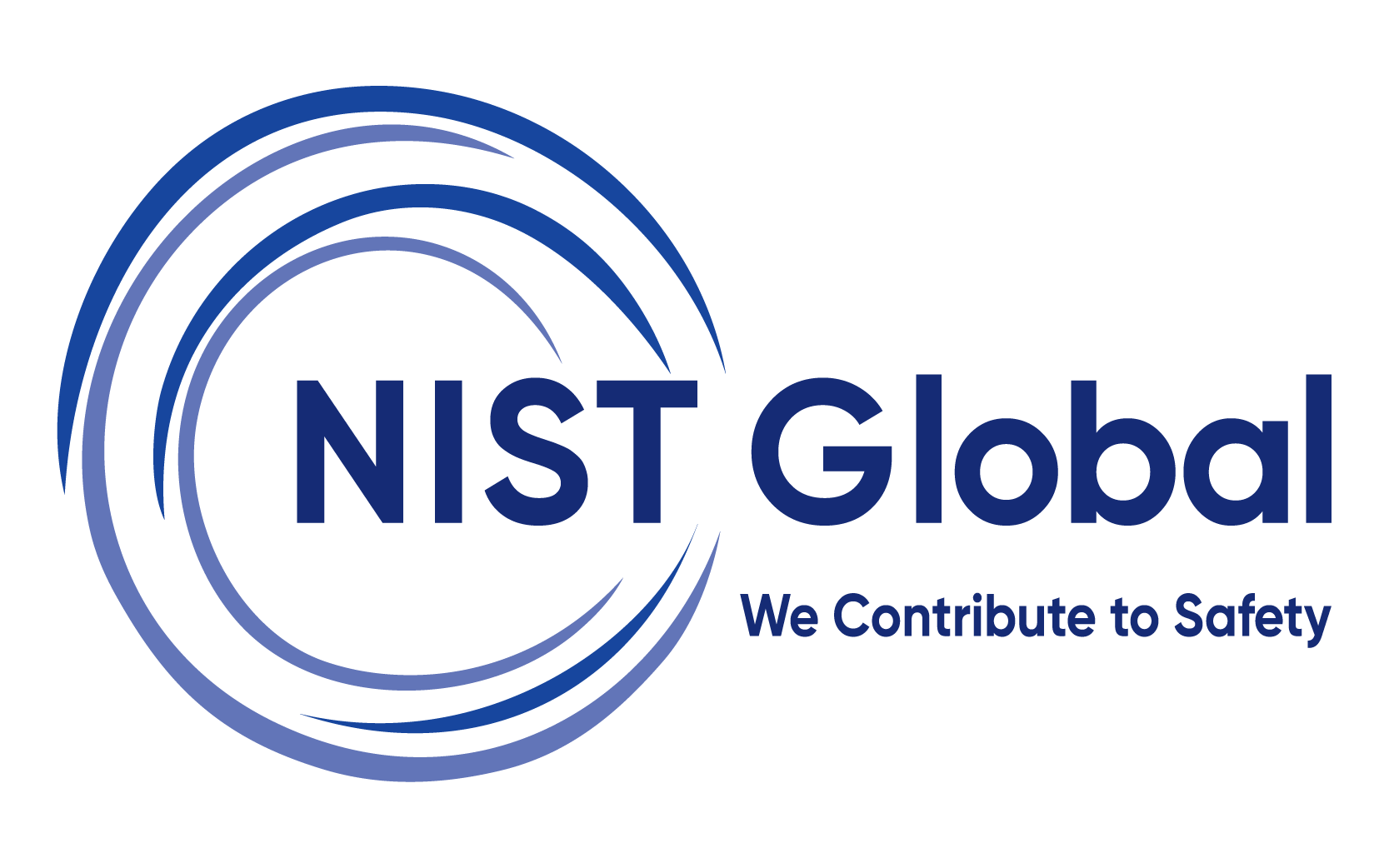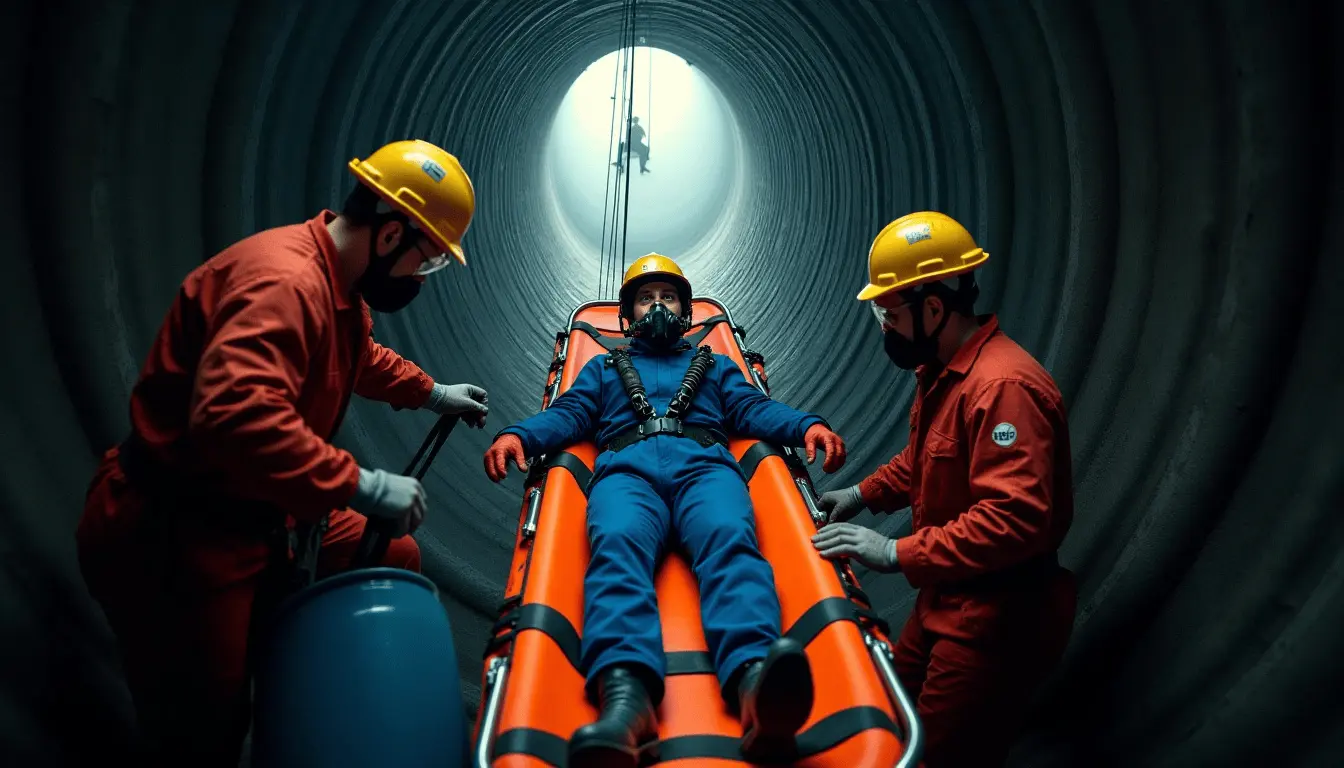Confined Space Rescue
Confined Space Rescue Training is designed to prepare workers and emergency responders for safe entry, assessment, and rescue operations in confined or restricted spaces such as tanks, silos, tunnels, manholes, and sewers. These environments pose serious hazards including toxic gases, oxygen deficiency, engulfment, limited access, and poor ventilation—making trained response essential to prevent fatalities and ensure safe recoveries.
Confined Space Rescue Training
This course combines classroom instruction with hands-on simulations to cover hazard identification, atmospheric monitoring, emergency procedures, PPE usage, and the deployment of rescue equipment like tripods, harnesses, and breathing apparatus. Participants also learn rescue planning, team roles, communication protocols, and regulatory compliance with OSHA, IS codes, and site-specific HSE norms. Ideal for rescue teams, safety officers, and confined space entrants, this training ensures a swift, coordinated, and safe response during confined space emergencies.
-
Duration1 day /2 days
-
Training ModeVirtual/Face to Face
-
LevelIntermediate/Advance
-
LanguageEnglish and other regional languages based on availability
Why Should Employers Invest in this Training?
- Reduces Liability & Insurance Claims: Through documented training and preparedness.
- Ensure Legal Compliance: Stay aligned with safety standards like IS, OSHA, and other statutory requirements.
- Prevent Fatal Accidents: By enabling safe and timely rescues during emergencies.
- Strengthens Emergency Response: Capability with skilled in-house rescue teams.
- Promotes Safety Culture: Demonstrates the employer’s commitment to worker welfare.
- Protects Business Continuity: By minimizing incident-related delays and shutdowns.
Training Objective
Learners will develop a technical proficiency, enhance hazard recognition, and ensure compliance with legal safety standards. It also aims to equip participants with the knowledge, tools, and teamwork needed for safe and effective confined space entry and rescue operations. Participants will learn how to spot confined spaces and recognize associated hazards such as atmospheric contamination, poor ventilation, and restricted access. The course emphasizes the importance of conducting thorough pre-entry assessments, including risk evaluation, isolation procedures and implementing a permit-to-work system. It also covers the correct use of monitoring and rescue equipment .It highlights the necessity to carry out effective pre-entry inspections, such as risk assessment, isolation measures and to install a permit-to-work system. Additionally, the course aligns with national and international safety standards, and organizational SOPs, promoting strong teamwork and communication to enhance safety outcomes.
Training Methodology
Case Study
Analysis
Hands-On
Practice
Knowledge
Checks
Hazard
Identification
Virtual
Mode
Final
Assesment
How Will This Training Strengthen Workforce Readiness?
On successful completion of the Confined Space Rescue Training course, it builds safety competence, improves preparedness, enhances safety awareness, and supports compliance across the organization.
- Faster emergency Response - Trained personnel can initiate immediate rescue actions, reducing injury and fatality risks.
- Improved Hazard Awareness - Identify risks such as toxic gases, low oxygen levels, and engulfment.
- Stronger Team Coordination - Work together efficiently through practiced rescue drills and communication.
- Regulatory Compliance - Aligns with safety laws like OSHA, IS codes, and reduces the risk of legal penalties.
- Reduced Downtime & Liability - Prevents operational delays and lowers the cost of incidents through trained intervention.
- Enhanced Safety Culture - Fosters a proactive, risk-aware mind set across the workforce.
Who can take this course?
This course is ideal for individuals who work in or are responsible for managing tasks involving confined spaces. It is suitable for both operational and supervisory roles across industries.
It is also recommended for
- Emergency Response Team Members
- Confined Space Entrants & Attendants
- Utility Workers
- HSE Personnel
- Maintenance Personnel
Assessment
✅ Multiple-choice questionnaire (MCQ)
Training Mode
Face to face training
Virtual training

